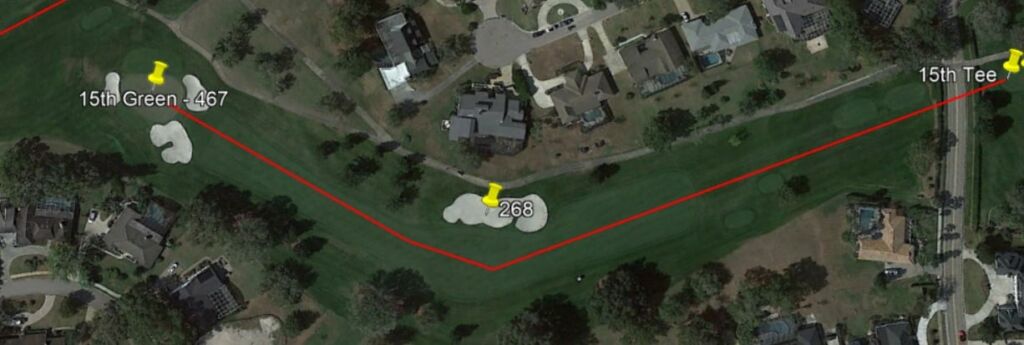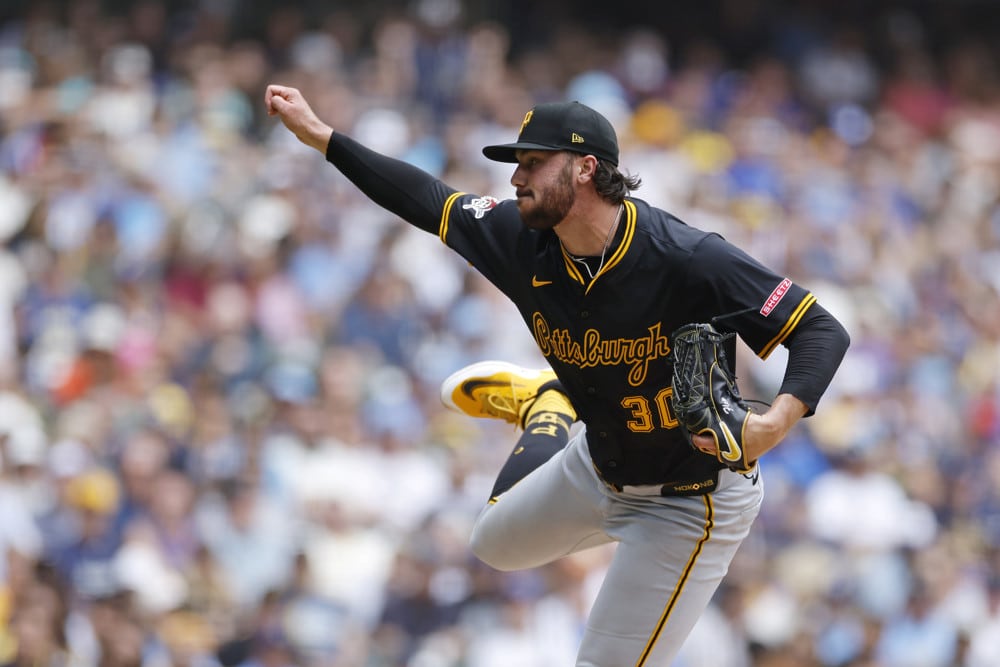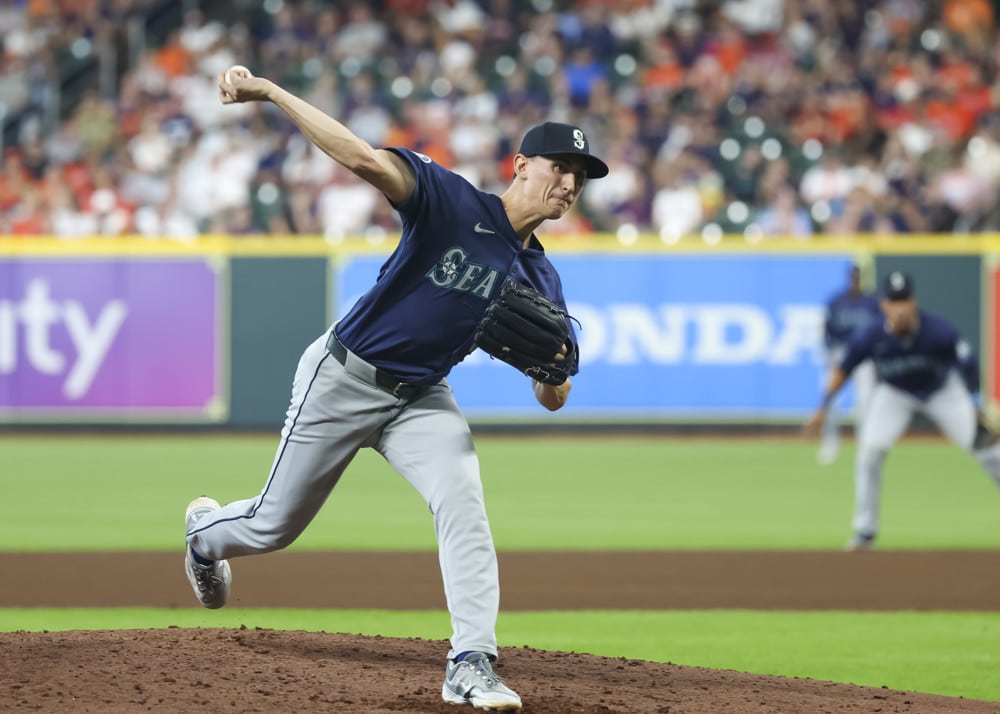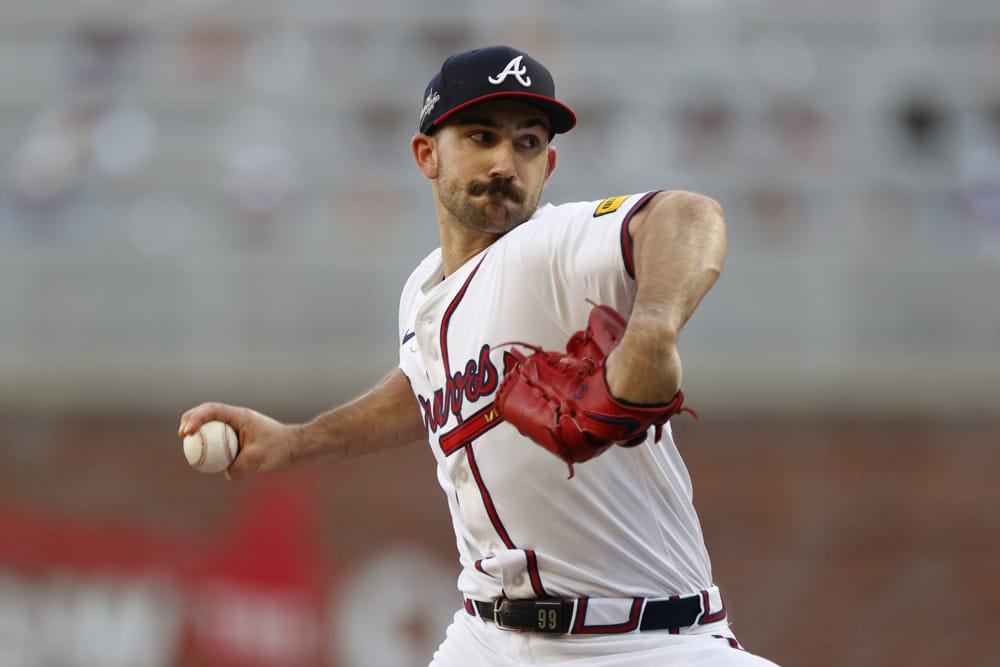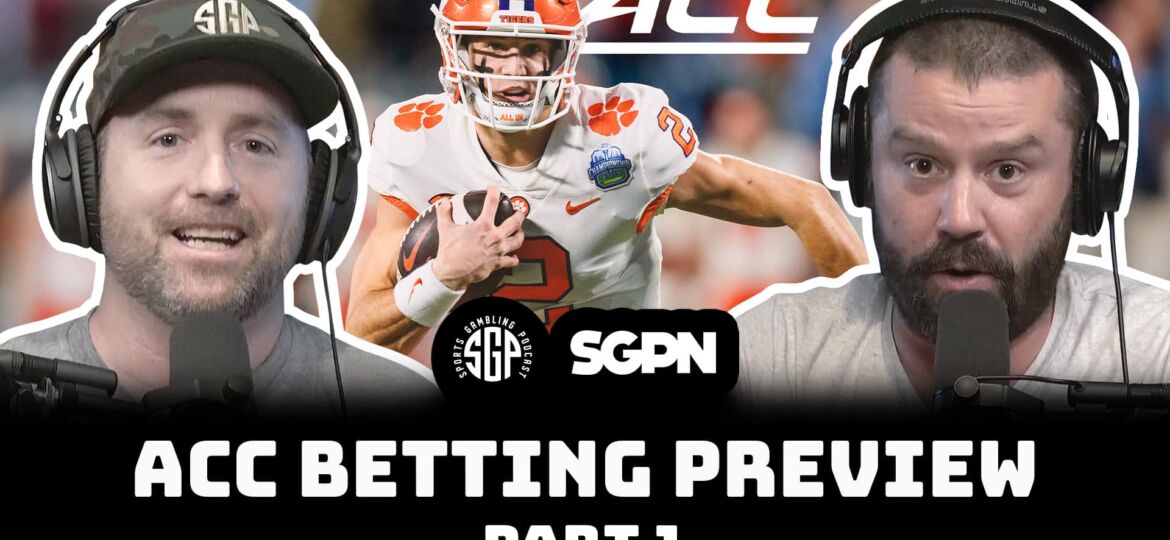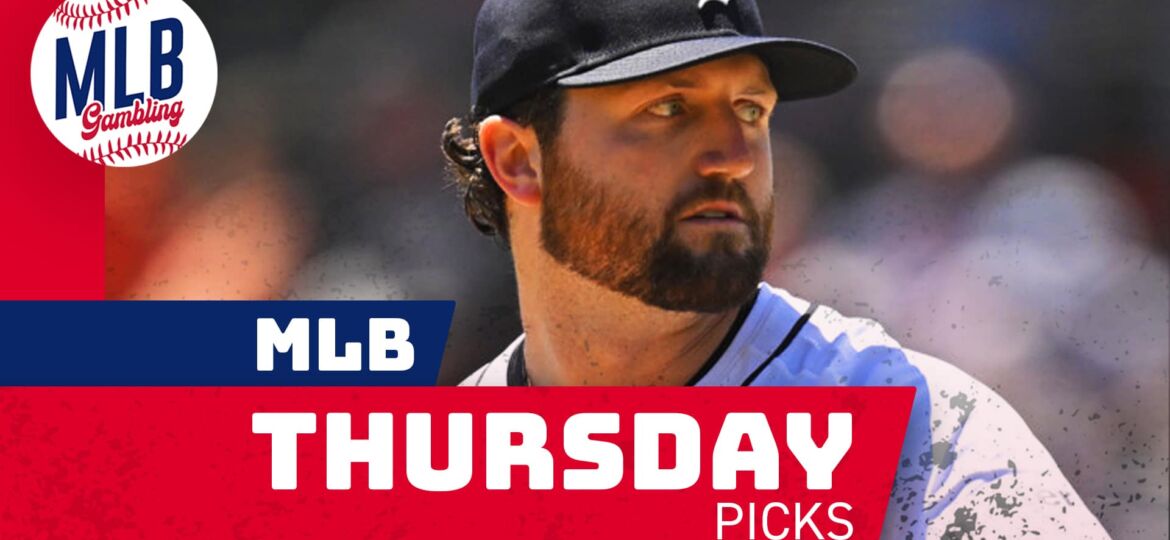The Florida Swing continues with one of the biggest non-major events on the PGA Tour schedule. A stacked field heads to Bay Hill Club and Lodge for the 2022 Arnold Palmer Invitational in Orlando, FL. As always, here is your early deep dive and preview of the 2022 Arnold Palmer Invitational.
Arnold Palmer Invitational Preview – The Field
Last week’s field at the Honda Classic was pretty desolate. None of the world’s Top 10 showed up to play in Jack’s event at PGA National. But this week, the elevated status of the Arnold Palmer Invitational brings in a much stronger field for a bigger purse.
Headlining the field is the defending champion Bryson DeChambeau. If Bryson had his way, he’d want most of the questions asked of him this week to be more about this:
Instead, Bryson is going to come under fire from all different directions. He’ll likely have to answer questions about how close he came to joining the Saudi Golf League. He’ll also be nagged all week about how truly healthy he is and if his playing style is contributing to his recent injury woes. Safe to say that Bryson, should he be available to the media, won’t feel too comfortable up at the podium.
Other notables in the field include Jon Rahm, Rory McIlroy, Viktor Hovland, Hideki Matsuyama, Scottie Scheffler, Will Zalatoris and Tyrrell Hatton.
For the full field, click here.
Arnold Palmer Invitational Preview – The Golf Course
In 1960, the golf course at Bay Hill was built. A group of businessmen from Nashville, TN purchased the land from a man named Dr. P. Phillips, a noted citrus grower in the Orlando area. The land that now makes up the Bay Hill Lodge and Club was largely infertile due to a lack of nutrients in the soil. Because it was unproductive, it was sold and repurposed as a golf course. Dick Wilson was the original architect of the golf course, and the course was sodded with Tiftway Bermuda grass. This was the first golf course seeded with this particular strain of Bermuda.
Arnold Palmer came to Bay Hill for the first time in 1965 and fell in love with the land and the golf course. He was so enamored with it that in 1970 he leased the golf course from the owners, and in 1975 purchased the golf course outright. In 1979, he successfully negotiated with the PGA Tour to bring an official tournament to the club. It has hosted the tournament ever since.
The golf course has undergone a few renovations and changes throughout the years. Palmer sought to increase the playability of the golf course. His goal was to make it more welcoming for amateurs, yet still challenging for the PGA Tour professionals that visit the club every March.
Despite his best efforts, Bay Hill still plays like a beast to the amateur golfer. There aren’t many safe places for amateurs to lay up off the tee and avoid trouble. The fairways at Bay Hill are pretty narrow and don’t offer a lot of room to operate. Like many Florida golf courses, there are numerous water hazards to gobble up errant drives. Several holes either require a forced carry-over water or have it looming all the way down one side of the fairway. In addition, Bay Hill has a relatively thick rough. For amateurs, it’s not easy to get good contact on balls out of the rough.
But for PGA Tour pros, however, this golf course feels a bit outdated. This golf course probably needs another renovation to adapt to the modern game. Advancements in golf technology have taken many fairway bunkers out of play. In addition, players can feel confident about cutting dog legs or over large water hazards with ease (as Bryson did last year). And angles don’t really matter with how these greens are shaped and contoured. Players can fire away at pins from any angle, especially in soft conditions.
Besides water, the only other defense of the golf course is the wind. The prevailing north wind can make this golf course a bear. In years when it plays soft and the winds are down, the winning score can approach -20. But as the players saw last year, strong wind dries out Bay Hill in a hurry. The golf course can play very firm and fast and the greens turn extra crispy with significant wind. The last two APIs saw very firm and windy conditions. That made the golf course play very tough. Mother Nature will once again have to play a significant role to make it play just as difficult in 2022.
If I can say something positive about it from a PGA Tour standpoint, is that the closing stretch of holes provides for some excitement:
15th Hole – Par 4, 467 Yards
For those without length to carry the trees and bunker on the right, this is a tough (and borderline unfair) tee shot. There’s almost no way for the pros to hold the fairway with a straight drive. It’ll almost always bound into the left-hand rough. That sets up a near-impossible long iron from deep, thick rough. But for bombers, they can cut the corner down the right side of the hole and shorten it considerably. Even if their drive ends up in the rough, they’ll hold a wedge in hand into the green. That’s a much easier approach shot than those who play the hole straight.
16th Hole – Par 5, 511 Yards
A very reachable par 5, especially with a helping prevailing north wind aiding to carry distance. But birdie definitely isn’t a guarantee. Anything in the fairway bunkers is an automatic lay-up. With water short, balls can find it and turn a surefire birdie into a bogey. And it’s a difficult green complex with a lot of back-to-front undulation. Anything in the back bunkers requires a very delicate shot out of them to get close to the pin for the birdie putt.
17th Hole – Par 3, 221 Yards
The first of possibly the two toughest closing hole stretches on the PGA Tour. This hole is a beast. Not only is it a long par 3, but it plays over water, over a huge greenside bunker, and into a stiff north wind. Hitting the green in regulation is a fantastic feat and players should run away with par. Bogeys or worse are very common on the 17th.
18th Hole – Par 4, 458 Yards
Another stiff test for the pros as they head to the clubhouse. Once again, the hole plays into the prevailing north wind to lengthen it significantly. Players who miss the fairway to the left will have a very difficult time gouging out of the rough and onto the green. And the approach shot into the green requires a forced carry over water and a rock wall onto a firm, severely sloping left to right green. Balls in the back bunker have almost no shot of getting the ball close to the hole when the pin is tucked on the right. And players will have to be very careful not to splash out of the bunker only to splash into the water.
Overall, Bay Hill can be entertaining to watch as a fan of the PGA Tour. It’s fun seeing these guys go on tilt and struggle. But years from now, as I lay on my death bed, will I have regret should I never have played Bay Hill, lost a box of golf balls, and thrown a club into a lake? Probably not.
Arnold Palmer Invitational Preview – Betting Strategies
Let’s first start with some nuts and bolts about the golf course. For the PGA Tour, it plays 7,466 yards long and a Par 72. Almost all the Par 5’s are reachable in two if one isn’t in trouble off the tee and the wind is cooperating. The Par 3’s are very long at Bay Hill. Three of them play over 200 yards, and the fourth plays at 199 yards. Basically, all of them are 200+ yards in length. Five of nine Par 4’s are over 450 yards long. Two Par 4’s play under 400 yards, but neither is drivable.
The greens at Bay Hill are TifEagle Bermuda and can withstand cooler Orlando temperatures this time of year. They’ll run about 12 to 12.5 on the stimpmeter, but can run even faster and firmer if the wind is up. The rough, however, is overseeded with ryegrass and is very thick. Most years, the fairways are also overseeded with ryegrass, but in 2022 it was not.
Next, let’s take a look at the relative skill set chart from DataGolf on Bay Hill:
The first thing that stands out is how predictive off-the-tee performance is to the final leaderboard. One’s strength in driving distance and driving accuracy are very beneficial towards a good finish at Bay Hill. This obviously makes sense given the layout of the golf course. Not only is it very penal off the tee, but it’s long and has very thick rough. A player who drives it long and straight all week (a la Tiger Woods and Rory McIlroy) are awesome here. Or a pure bomber (a la Bryson DeChambeau) can shorten up the golf course significantly by hitting over dog legs and gouging out with a wedge. Or more precise ball-strikers off the tee (a la Francesco Molinari and Tyrrell Hatton) can find success because they constantly find fairways.
Putting also is a solid predictive measure towards success at Bay Hill. Before the greens-reading book ban, Bryson DeChambeau was one of the best putters on the PGA Tour. Jason Day is a former winner of this tournament and not only is a bomber, but also a great putter. And while Francesco Molinari isn’t historically a strong putter, he was on a near 10 month run of great putting when he won. The ability to putt on these fast, tricky Bermuda greens at Bay Hill is a must.
That’s not to say one has to be a great putter to have a good finish here, though. There are examples of members of #TeamNoPutt who are just that good of ball strikers that it ultimately didn’t matter. Players like Lee Westwood, Keith Mitchell, Corey Conners, and Luke List all have good recent finishes at the golf course despite shaky putters.
It appears on this list that iron and scrambling performance isn’t a very predictive measure for success at Bay Hill. For scrambling, I’ll agree on that issue. Despite low green in regulation rates at the golf course, most of the greens are surrounded by thick rough. This can level the playing field overall in terms of scrambling. It can be a bit of a crapshoot what lie a player will have out of the rough around the green, regardless of skill level. And there’s less skill involved with popping balls out of the rough and onto the greens. There’s much more skill involved in chipping from tight Bermuda lies.
As for a seeming de-emphasis of iron play, I’m puzzled by how this is showing on the chart. Maybe it’s because players like Bryson DeChambeau, Jason Day, and Matt Every call themselves recent winners. While Day and Bryson are tremendous players off the tee, their iron play can leave a lot to be desired. And Matt Every isn’t necessarily known for his ball-striking, yet calls himself a two-time winner. Maybe that’s dragging this chart down?
Because otherwise, the list of winners at the tournament is a who’s who of tremendous iron players. Tiger Woods has won this tournament 8 times because, well, he’s the best at everything. But he was particularly best with his irons. Rory McIlroy is a tremendous iron play. Same with Marc Leishman when he won. Both Tyrrell Hatton and Francesco Molinari are very sold ball strikers with their irons. Others who haven’t won this tournament yet have great finishes include Sergio Garcia, Emiliano Grillo, Henrik Stenson, Tommy Fleetwood, and Luke List. All of them are very solid and precise with their irons.
Where the importance in iron play does show up is in how one separates themselves from the field on the leaderboard:
54% of the dispersion of scores at Bay Hill is driven from ball-striking. That’s higher than the PGA Tour average. How one-putts and scrambles doesn’t impact the variation of scoring as much as it does over PGA Tour venues. And, according to in-tournament performance, iron play holds a far greater weight than the PGA Tour average. While some of the winners might not be the best iron players, the rest of the Top 10 almost always has elite ones.
Next here’s the approach shot distribution chart for Bay Hill, per DataGolf:
This week, bettors must incorporate long approach shot performance into their handicapping. This is the first time we’re weighing this more heavily since the Farmers Insurance Open. In all, about 70% of all approach shots will come from greater than 150 yards, with about half of those coming from over 200 yards. With long Par 3’s and four Par 5’s, it’s vital to hit your long irons well at Bay Hill. Intermediate and long approach shot performance is absolutely critical to look at this week.
As far as comp courses go, last year there was a lot of groupthink that success at Wentworth was indicative of success at Bay Hill. A lot of that was driven by the fact that so many European players have found success at each golf course. There are also a few players who have won both tournaments. It’s low-hanging fruit.
They’re on the right track, but it’s not a perfect comparison. While many of the same concepts to playing Wentworth is similar to Bay Hill, Bay Hill is a much more penal golf course off the tee than Wentworth is. Bay Hill also is much flatter than Wentworth is. And the grass types are also totally different. Wentworth also isn’t a track where a bomber can show up and have an edge by taking shortcuts around the golf course. Everything is out in front of the player off the tee.
What I feel is a much better European Tour comp to Bay Hill are the golf courses in the Middle East. For starters, all those golf courses feature similar agronomy as Bay Hill does. They all feature warmer seasonal grass types, while occasionally featuring thick overseeded rough like Bay Hill does. They also can be quite penal off the tee, as there are several water hazards on the golf course. Middle Eastern golf courses are also pretty flat like Bay Hill is. And a lot of them feature firm conditions where wind can wreak havoc on the field. For the last few years, Bay Hill has featured very similar weather conditions.
And the proof is in the pudding. Rory McIlroy has a ton of success in the Middle East and dominates Bay Hill. Other Europeans like Tyrrell Hatton, Francesco Molinari, Matthew Fitzpatrick, Sergio Garcia, Henrik Stenson, Lee Westwood, and Tommy Fleetwood have a ton of success at both Bay Hill and the Middle East. Combined, they account for 17 wins in the Middle East. In two starts, Christiaan Bezuidenhout has a T18 and 7th place finish at Bay Hill. He finished runner-up at the 2020 Dubai Desert Classic and has three other Top 20 finishes. And Bryson DeChambeau’s lone European Tour victory came at the Omega Desert Dubai Classic in 2019.
Bottom line – you’ll likely hear a ton of buzz about Wentworth as a definitive cross-over comp to Bay Hill. Don’t just pigeonhole yourself into Wentworth results when handicapping the European players. Not only are the Middle East tournaments a great resource, but it might also be a better cross-correlation than Wentworth is.
Lastly, here are the Top 10 players in the field who’ve gained the most strokes per round at Bay Hill:
- Rory McIlroy – +2.69, 28 Rounds
- Bryson DeChambeau – +2.56, 20 Rounds
- Sungjae Im – +2.52, 12 Rounds
- Christiaan Bezuidenhout – +2.10, 8 Rounds
- Will Zalatoris – +2.06, 4 Rounds
- Sergio Garcia – +1.98, 31 Rounds
- Keith Mitchell – +1.93, 12 Rounds
- Matt Wallace – +1.93, 12 Rounds
- Scottie Scheffler – +1.90, 4 Rounds
- Henrik Stenson – +1.87, 46 Rounds
Almost every player on this list is tremendous tee-to-green. Almost all of them are excellent with their irons. And all of them gain strokes off the tee either through distance or impeccable accuracy. This list is a great preview of the types of players who will play well at the 2022 Arnold Palmer Invitational.




